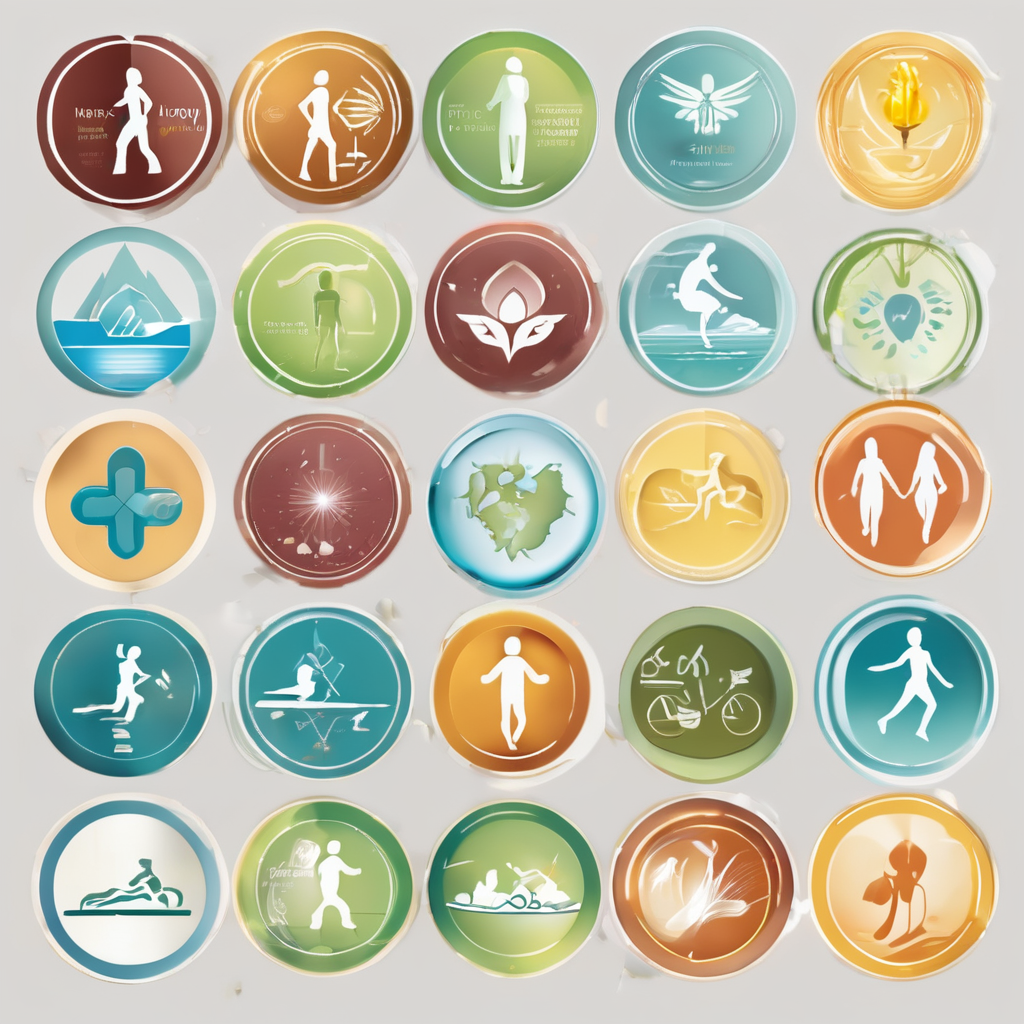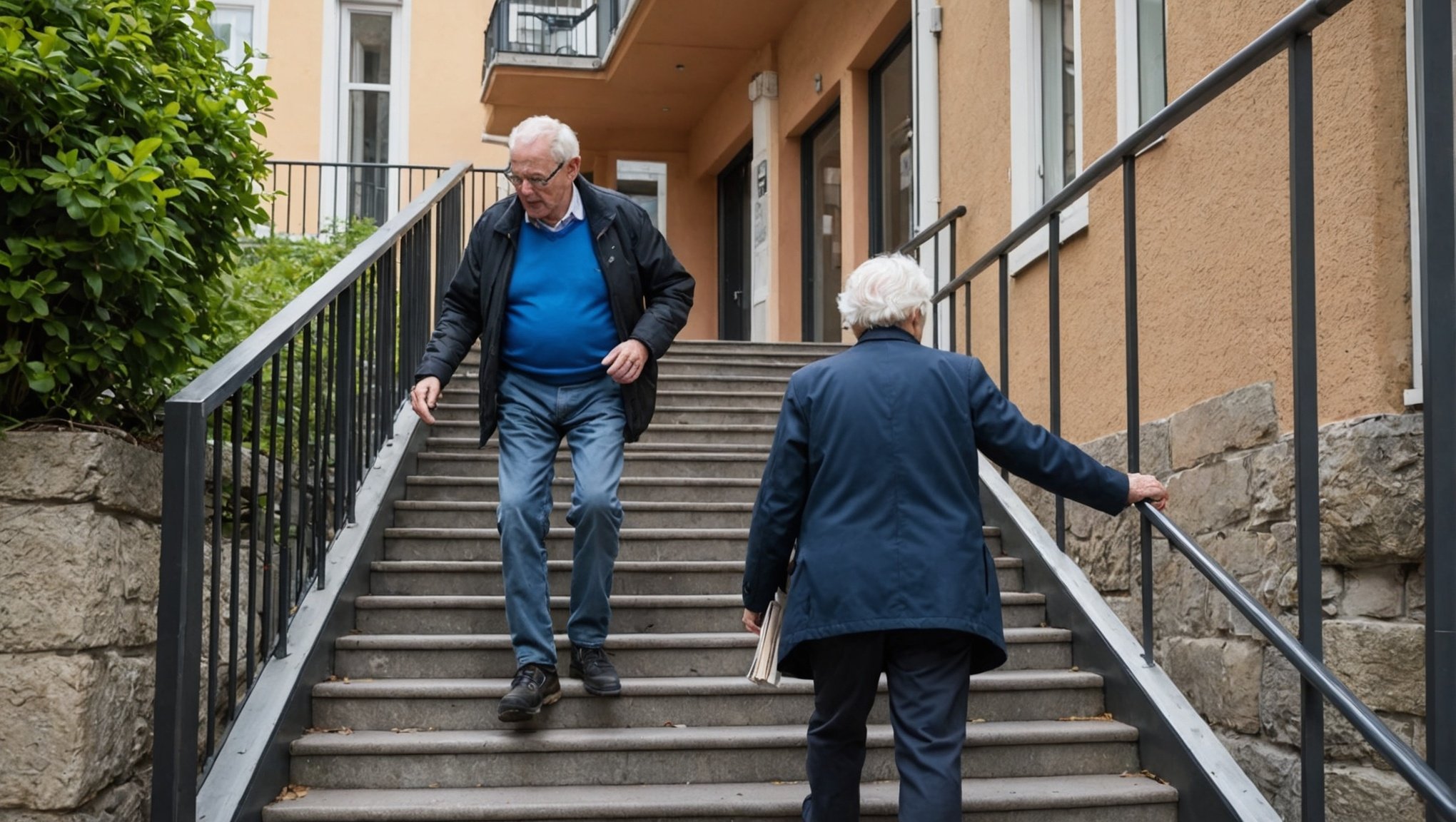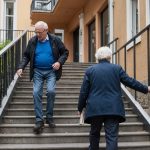Stairs represent both a physical challenge and a safety risk, especially for older people. The mobility issues that accompany aging often make climbing and descending stairs difficult and dangerous. Sensing this need, various providers have developed innovative solutions to help seniors navigate stairs safely. This article aims to illuminate the best techniques available to ensure safe stair navigation for seniors. Herein, you will learn about the importance of stair safety, effective ways to care for stairs, the role of assistive devices like stair lifts and wheelchairs on stairs, and the resources available to seniors from organizations like AARP.
Understanding the Importance of Stair Safety for Seniors
Stair safety is a crucial issue for seniors. Many accidents and injuries occur when older people attempt to navigate stairs without adequate safety measures in place. Falls are a leading cause of injury among seniors, and stairs can be particularly hazardous. Understanding the importance of stair safety is the first step toward better managing these risks.
Also read : What Are Effective Conflict Resolution Strategies for Seniors in Assisted Living Facilities?
Seniors often face a range of issues that can compromise their ability to safely use stairs. These include decreased muscle strength, balance problems, impaired vision, and other health conditions. Therefore, it is critical for seniors and their loved ones to adopt safety measures that address these challenges.
Effective Ways to Care for Stairs
Proper care of stairs is an essential aspect of stair safety. Making sure that stairs are in good condition can go a long way in preventing accidents. Regular upkeep includes checking for loose or worn out steps, keeping the stairs free of clutter, and ensuring adequate lighting.
Also read : How Can UK Seniors Over 80 Enhance Their Fine Motor Skills Through Specific Exercises?
Non-slip stair treads are an excellent investment for homes with seniors. These treads provide additional grip, reducing the chance of slippage. Contrasting colors on the edge of steps can also help those with vision problems see the stairs more clearly.
Handrails are another vital safety feature. They should be sturdy and extend along the entire length of the staircase. Ideally, stairs should have handrails on both sides.
Assistive Devices for Stair Navigation
A variety of assistive devices can help seniors navigate stairs safely. Stair lifts and platform lifts are popular choices. A stair lift is a seat that moves up and down the stairs on a rail, while a platform lift accommodates wheelchairs.
Stair lifts are typically easy to operate, with controls located on the armrest. Safety features may include seatbelts, swivel seats, and sensors that stop the lift if an obstacle is detected. Platform lifts can make a significant difference for seniors who use wheelchairs or walkers.
It is crucial to carefully assess the individual’s needs before choosing a stair assistive device. Factors to consider include the senior’s mobility level, the layout of the home, and budget.
Applying AARP Resources for Better Stair Safety
The American Association of Retired Persons (AARP) offers a wealth of resources for seniors seeking to enhance their stair safety. As an AARP member, seniors can access various tools, guides, and advice to make their homes safer and more accessible.
AARP’s HomeFit Guide, for example, provides practical tips on how to modify homes to better suit seniors’ needs. This includes advice on improving stair safety. AARP also offers advice on choosing and installing stair lifts and other assistive devices.
In addition, AARP members can take advantage of discounts on a variety of products and services related to home safety and accessibility. This can make it more affordable for seniors to implement necessary safety measures.
Training Seniors on Safe Stair Navigation Practices
Training is a critical component of stair safety for seniors. This goes beyond simply knowing how to use assistive devices. It involves learning safe stair navigation practices and being mindful of these practices at all times.
For instance, seniors should always use handrails when available. They should avoid carrying objects while navigating stairs, as this could affect their balance. It’s also important to wear non-slip footwear and avoid rushing.
Seniors may benefit from physical therapy or exercise programs designed to improve balance and strength. This could enhance their ability to navigate stairs safely. It’s also crucial for seniors to have regular eye exams, as vision problems can make using stairs more dangerous.
In summary, stair safety for seniors involves a combination of proper stair care, using assistive devices when necessary, leveraging resources like AARP, and training. By taking these measures, seniors can reduce their risk of falls and continue to live independently. This contributes to their overall quality of life, allowing them to enjoy their golden years with confidence and peace of mind.
Making Stairs Safer for Seniors
Ensuring safety when seniors navigate stairs is essential to prevent accidents. This can be achieved by making staircases less hazardous through several modifications. The first consideration is to ensure the stairs are clear and free from objects that can pose a tripping risk.
A critical aspect of making stairs safer is the inclusion of stair treads. Stair treads provide a non-slip surface on stairs, thereby reducing the chances of a fall. Installing handrails on both sides of the staircase is another critical safety measure that can offer immense support to older adults when climbing or descending stairs.
For seniors with vision problems, adding contrast strips at the edge of steps can make the stairs more visible. Furthermore, making sure the staircase is well-lit at all times can help prevent accidents related to poor visibility.
A stair lift is a great asset for seniors with limited mobility. This device allows seniors to sit comfortably while moving up and down the stairs, reducing the physical exertion necessary for stair climbing. A platform lift, on the other hand, is ideal for those who use wheelchairs. These lifts operate by moving the wheelchair up and down the stairs on a platform.
In conclusion, making stairs safer for seniors entails regular maintenance checks, installing safety features like stair treads and handrails, and the use of assistive devices like stair lifts and platform lifts.
Senior Care and Stair Navigation Support
When it comes to senior care, it is essential to pay attention to stair navigation given the high risk of falls this activity presents. One of the significant aspects of senior care involves training older adults on safe stair navigation practices.
For instance, teaching seniors to always use handrails can help stabilize and support them as they climb or descend stairs. Additionally, they should be advised against carrying objects while using the stairs as this may affect their balance and increase the risk of falls.
Physical therapy or exercise programs can also be beneficial. These programs can improve older adults’ strength and balance, thereby enhancing their ability to safely navigate stairs. Regular eye exams are also crucial as vision problems can make stair climbing more hazardous.
Lastly, seniors should be encouraged to wear non-slip footwear, as this could provide additional grip when walking on the stairs. All these steps taken together can significantly reduce the risk of falls, ensuring safer navigation of stairs for older adults.
In conclusion, senior care requires a multifaceted approach to make stair navigation safer. From regular maintenance of stairs and installation of safety features to offering training on safe stair navigation practices and promoting regular health checks, these measures help loved ones live independently. By prioritizing stair safety, we can support seniors to enjoy their golden years with confidence and peace of mind. In our commitment to senior care, let’s remember that every step counts, from top to bottom. Find us on Facebook and Twitter for more senior care tips and updates. Remember always to check our privacy policy.











